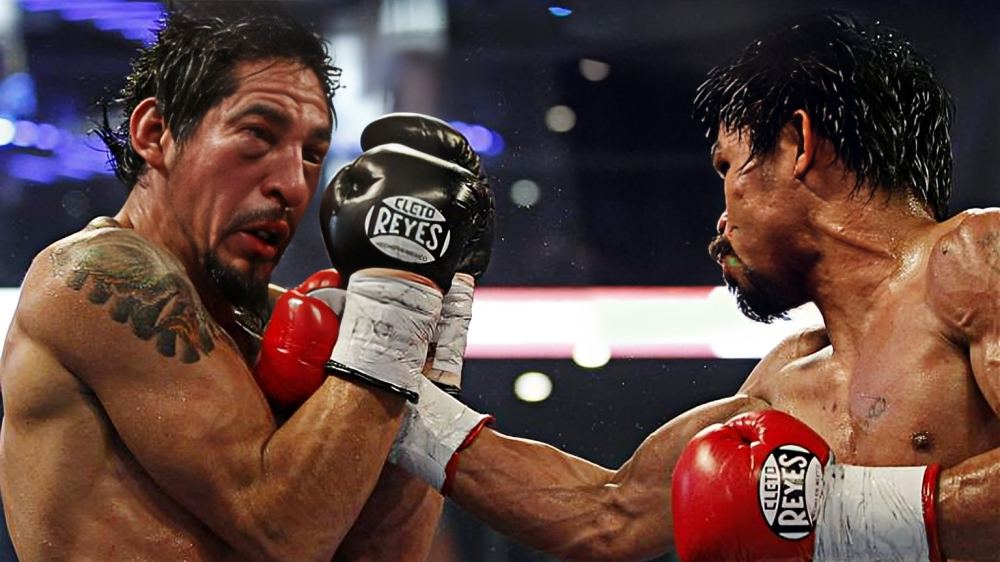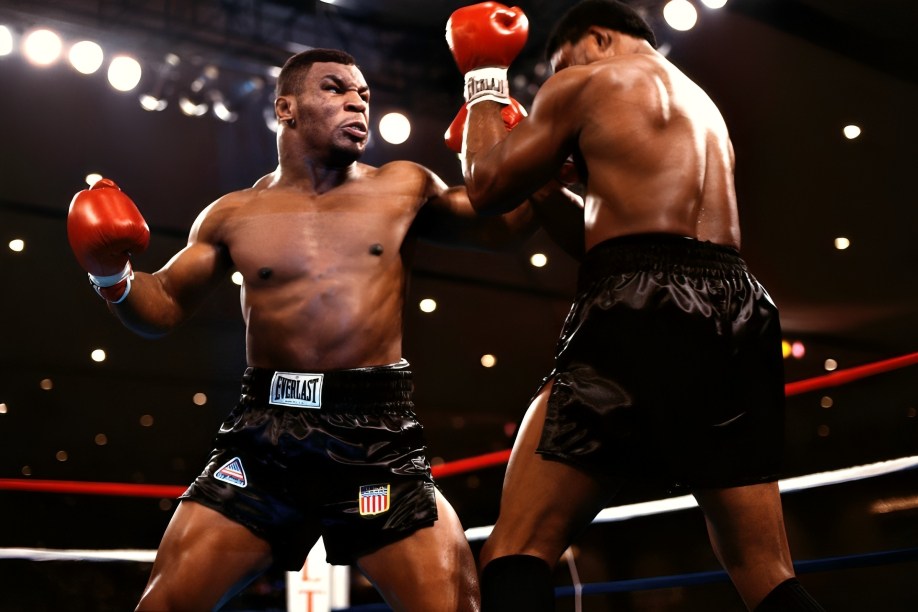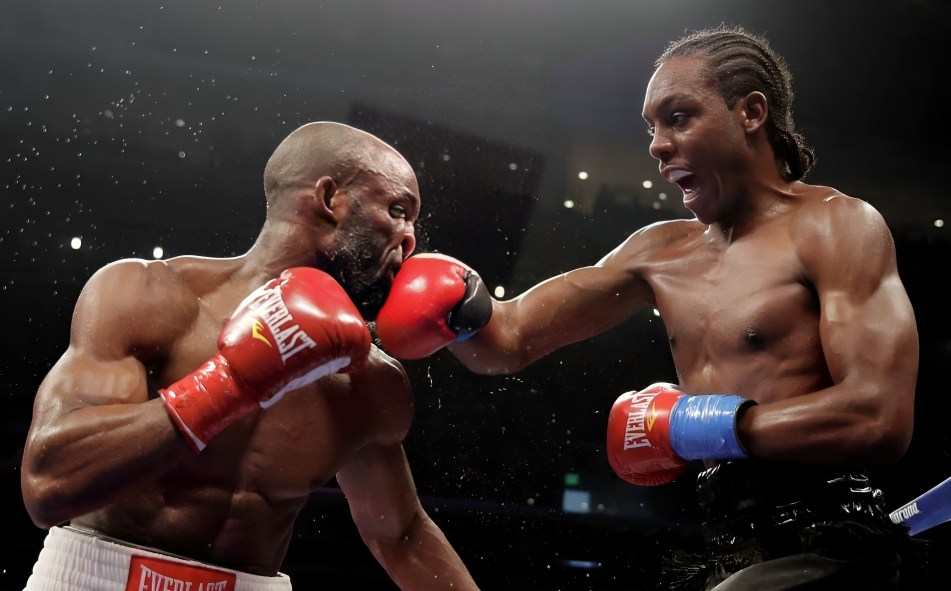Boxing, a sport revered for its intensity and athleticism, holds a unique position in the world of sports. Its ability to captivate audiences with thrilling matchups, rivalries, and incredible displays of skill has made it a favorite among fans worldwide. However, amid the excitement lies a critical component that shapes the sport: boxing weight classes. Understanding these weight classes is vital for fans, fighters, and promoters alike. This article will explore the various boxing weight classes, their significance, and their impact on the sport.
Understanding Boxing Weight Classes

Boxing weight classes serve as a framework for categorizing fighters based on their weight, ensuring fair and equitable competition. The roots of weight classes can be traced back to the early days of boxing, evolving into a structured system designed to maintain fairness and safety in the ring. Here are the current boxing weight classes recognized globally:
- Mini Flyweight: Up to 105 pounds (47.6 kg)
- Flyweight: Up to 112 pounds (50.8 kg)
- Super Flyweight: Up to 115 pounds (52.2 kg)
- Bantamweight: Up to 118 pounds (53.5 kg)
- Super Bantamweight: Up to 122 pounds (55.3 kg)
- Featherweight: Up to 126 pounds (57.2 kg)
- Super Featherweight: Up to 130 pounds (59 kg)
- Lightweight: Up to 135 pounds (61.2 kg)
- Super Lightweight: Up to 140 pounds (63.5 kg)
- Welterweight: Up to 147 pounds (66.7 kg)
- Super Welterweight: Up to 154 pounds (69.9 kg)
- Middleweight: Up to 160 pounds (72.6 kg)
- Super Middleweight: Up to 168 pounds (76.2 kg)
- Light Heavyweight: Up to 175 pounds (79.4 kg)
- Cruiserweight: Up to 200 pounds (90.7 kg)
- Heavyweight: Over 200 pounds (90.7 kg)
These classifications enable fighters to compete against others of similar size, fostering an environment of fairness and safety.
Also Read: What’s the Difference Between MMA and UFC?
The Importance of Weight Classes
Weight classes are fundamental to boxing for several compelling reasons:
1. Fair Competition

At the core of weight classes is the commitment to fair competition. By ensuring that fighters compete against opponents of similar size, weight classes eliminate physical disparities that could otherwise skew the outcomes of matches. This allows skill, strategy, and conditioning to play a more prominent role in determining the victor. For instance, a smaller fighter will not face an opponent who has a significant weight advantage, enabling a contest of technique and talent rather than brute force.
2. Safety of Fighters

Safety is paramount in boxing, and mismatches in weight can lead to severe injuries. When a smaller fighter faces a significantly larger opponent, the risk of harm escalates dramatically. Weight classes serve to minimize this risk by preventing dangerous matchups. This protective measure ensures that fighters can compete without undue fear of sustaining life-altering injuries, allowing them to focus on honing their craft and showcasing their skills in a safer environment.
3. Promotional Opportunities

Weight classes create abundant promotional opportunities for boxers. By organizing fights within specific weight categories, promoters can cultivate various championship titles that attract fans and sponsors. This creates a vibrant landscape for boxers to pursue their careers, aiming for accolades and recognition in their respective weight divisions. As boxers work their way up the ranks, they can build their legacies and potentially achieve championship status, enhancing their marketability and fan following.
4. Fan Engagement

Boxing fans often develop strong affiliations with specific weight classes and the fighters competing within them. Each weight class possesses its unique rivalries, narratives, and excitement that capture the imagination of the audience. Fans invest in the journeys of their favorite fighters as they navigate the challenges and triumphs of their careers. This emotional connection fosters a sense of community among supporters, enhancing overall engagement with the sport.
Also Read: What is the Difference Between Snooker and Pool? Explained Simply
5. Strategic Planning for Boxers

For fighters, understanding weight classes is essential for effective training and preparation. Boxers often need to make weight before a fight, which demands meticulous planning regarding their diet, exercise routines, and hydration strategies. Successful weight management can significantly impact a fighter’s performance in the ring, as competing at the right weight allows them to optimize their strength, speed, and endurance.
6. Impact on Boxing Culture

The structure of weight classes has also played a significant role in shaping boxing culture. Different weight classes often develop their unique identities, with specific styles of fighting and training techniques associated with each division. This diversity adds richness to the sport and allows fans to appreciate the distinct characteristics that different weight classes bring to boxing.













